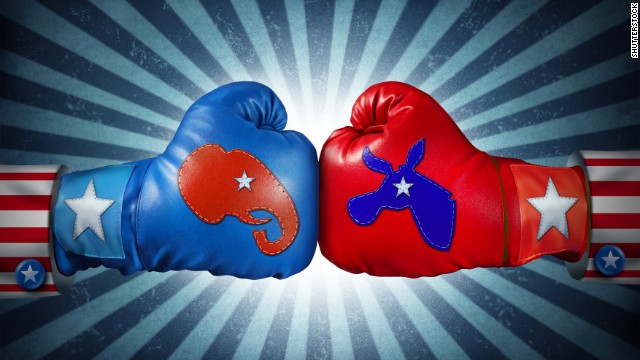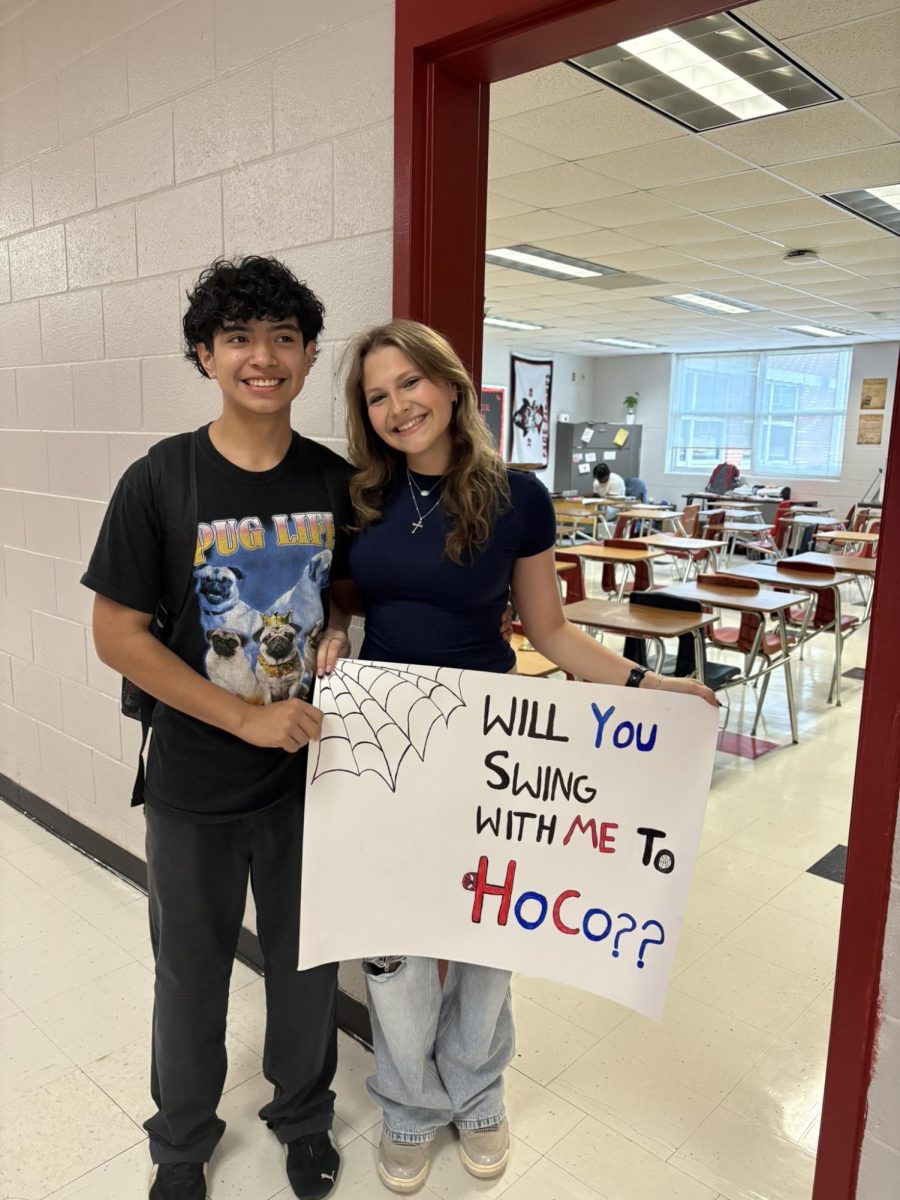It’s official. Donald Trump is our 47th President, Thanks to the Electoral College and their votes made by Senators and Representatives. But what is the Electoral Vote, and how does it differ from Popular Vote?
The Electoral College is a process, not a place. The Founding Fathers established it in the Constitution, in part, as a compromise between the election of the President by a vote in Congress and election of the President by a popular vote of qualified citizens. The Electoral College process consists of the selection of the electors, the meeting of the electors where they vote for President and Vice President, and the counting of the electoral votes by Congress.
The Electoral College consists of 538 electors. A majority of 270 electoral votes are required to elect the President. Your State has the same number of electors as it does members in its Congressional delegation: one for each member in the House of Representatives plus two Senators. The District of Columbia is allocated 3 electors and treated like a State for purposes of the Electoral College under the 23rd Amendment of the Constitution. For this reason, in the following discussion, the word “State” also refers to the District of Columbia and “Executive” to the State Governors and the Mayor of the District of Columbia.
It is important to remember that the President is not chosen by a national popular vote. The Electoral College vote totals determine the winner, not the statistical plurality or majority a candidate may have in the national popular vote totals. Electoral votes are awarded on the basis of the popular vote in each state.









